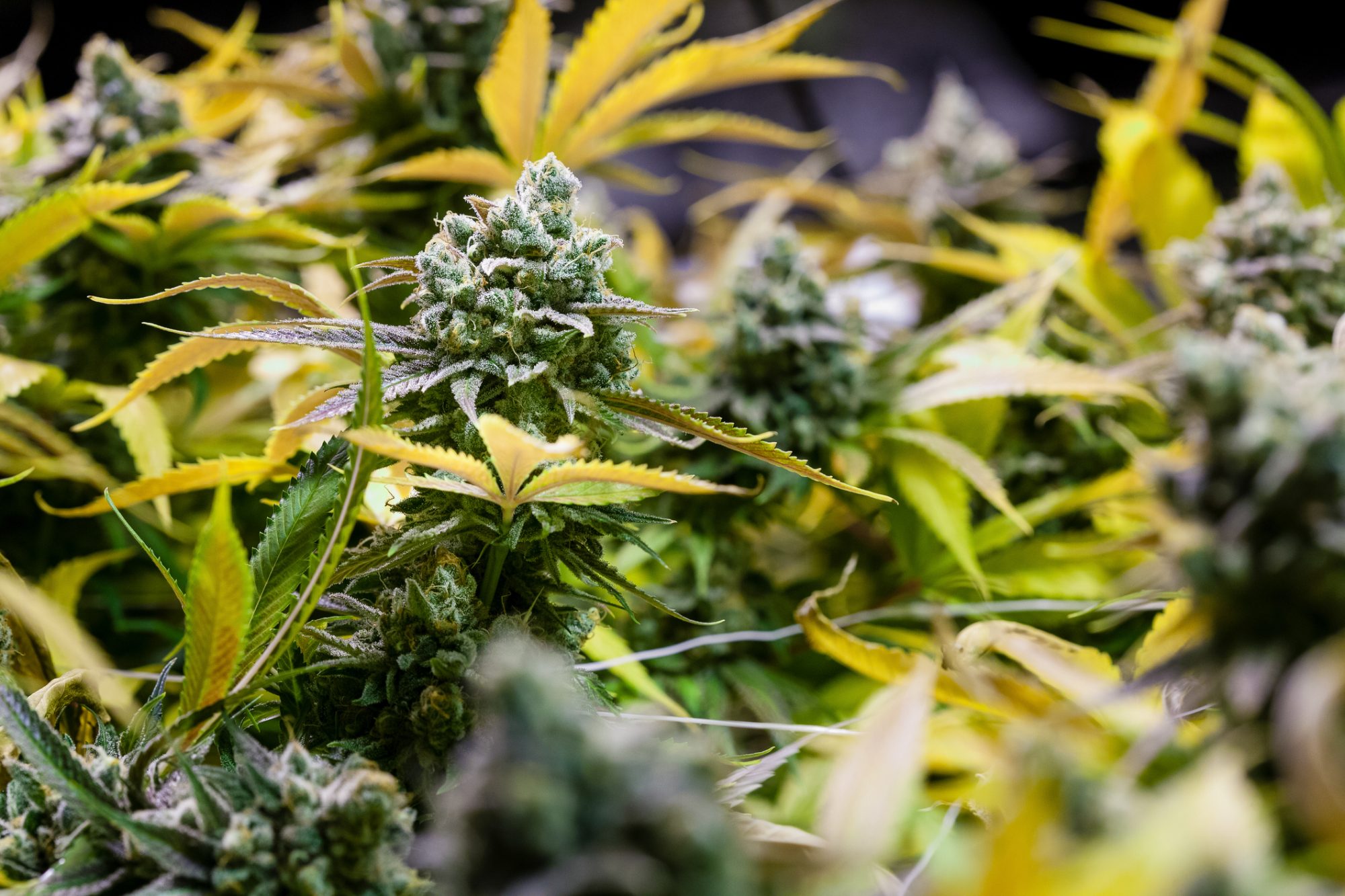The ‘entourage effect’ of cannabis comes from the pain-relieving effects of the plant, but could we boost this pain-relieving efficacy of THC without the psychoactive side effects?
Properties of Cannabis sativa have been found to have medicinal and therapeutic benefits, which can bring on an “entourage effect,” providing pain-relieving effects in the plant.
Looking at these terpene properties, which mimic cannabinoids and produce similar pain-relieving effects, researchers aim to find the pain-relief benefits which are amplified when the two are used together.
What is the entourage effect officially?
The entourage effect is the theory that the full spectrum of the cannabis plant works best together – the interaction between all of the compounds from a cannabis plant, such as phytocannabinoids and terpenes, come together to enhance their effects.
The term usually refers to the herbal remedies that contain different compounds that work together to produce a particular impact on a person’s well-being, from easing anxiety to decreasing inflammation
Lead researcher John Streicher, PhD, a member of the UArizona Health Sciences Comprehensive Pain and Addiction Center and associate professor of pharmacology at the College of Medicine, said: “A lot of people are taking cannabis and cannabinoids for pain.
“We’re interested in the concept of the entourage effect, with the idea being that maybe we can boost the modest pain-relieving efficacy of THC and not boost the psychoactive side effects, so you could have a better therapeutic.”
Overall, Cannabis terpenes, when used by themselves, can mimic the effects of cannabinoids, including a reduction in pain sensation, explored by the University of Arizona Health Sciences.
Lower doses and fewer side effects could be beneficial
Cannabis sativa contains naturally occurring compounds known as cannabinoids, the most well-known of which are cannabidiol, or CBD, and tetrahydrocannabinol, or THC, the psychoactive component of cannabis. The plant itself is a “biopharmacy” containing hundreds of phytochemicals, many of which have medicinal indications.
The entourage effect within Cannabis terpenes – the part of the plant that provides flavour and aroma – could be a new target for pain therapies that would require lower doses and produce fewer side effects, especially psychoactively.
When combined with cannabinoids, the pain-relieving effects were amplified without an increase in negative side effects.
Dr. Streicher commented: “It was unexpected, in a way. It was our initial hypothesis, but we didn’t necessarily expect terpenes, these simple compounds that are found in multiple plants, to produce cannabinoid-like effects.

Simple compounds in multiple plants could produce cannabinoid-like effects
From their research, the scientists looked at each terpene alone and in combination with WIN55,212-2, which is the synthetic cannabinoid agonist that stimulates the body’s natural cannabinoid receptors.
When a cannabinoid such as THC enters the body, it binds to one of two cannabinoid receptors – CB1R, which is the most abundant, or CB2R. The receptor then activates neurons that affect physiological processes and behaviour.
In laboratory experiments, researchers found that all four terpenes activated the CB1R, just like THC.
When administered individually, all four terpenes lowered 24K production in mouse models.
Three of the four classic cannabinoid side effects included:
- reduced pain sensation
- lowered body temperature
- reduced movement and catalepsy
When terpenes were combined with WIN55,212-2, researchers saw a greater reduction in pain sensation compared with either the terpene or WIN55,212-2 alone, demonstrating a terpene/cannabinoid interaction in controlling, and reducing pain.
Editor's Recommended Articles
-
Must Read >> Understanding inflammatory cytokine secretion















